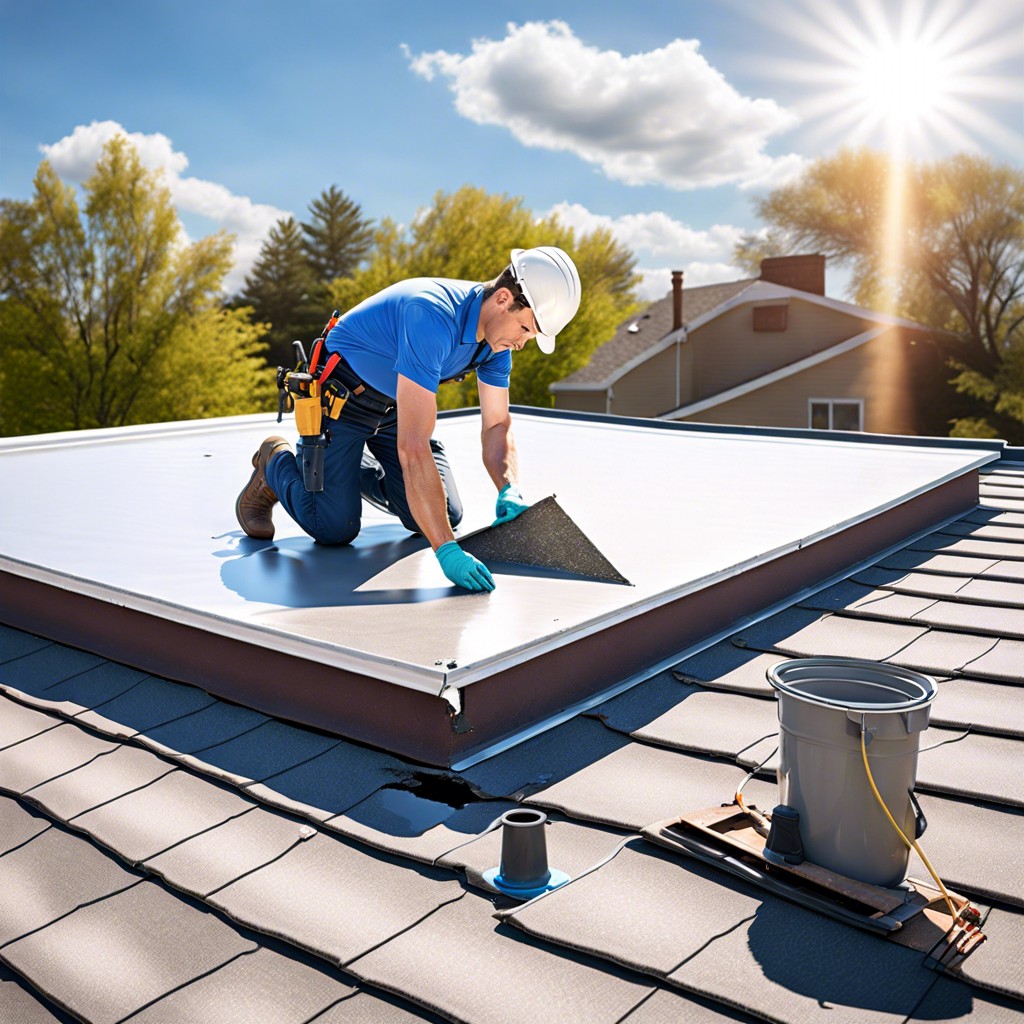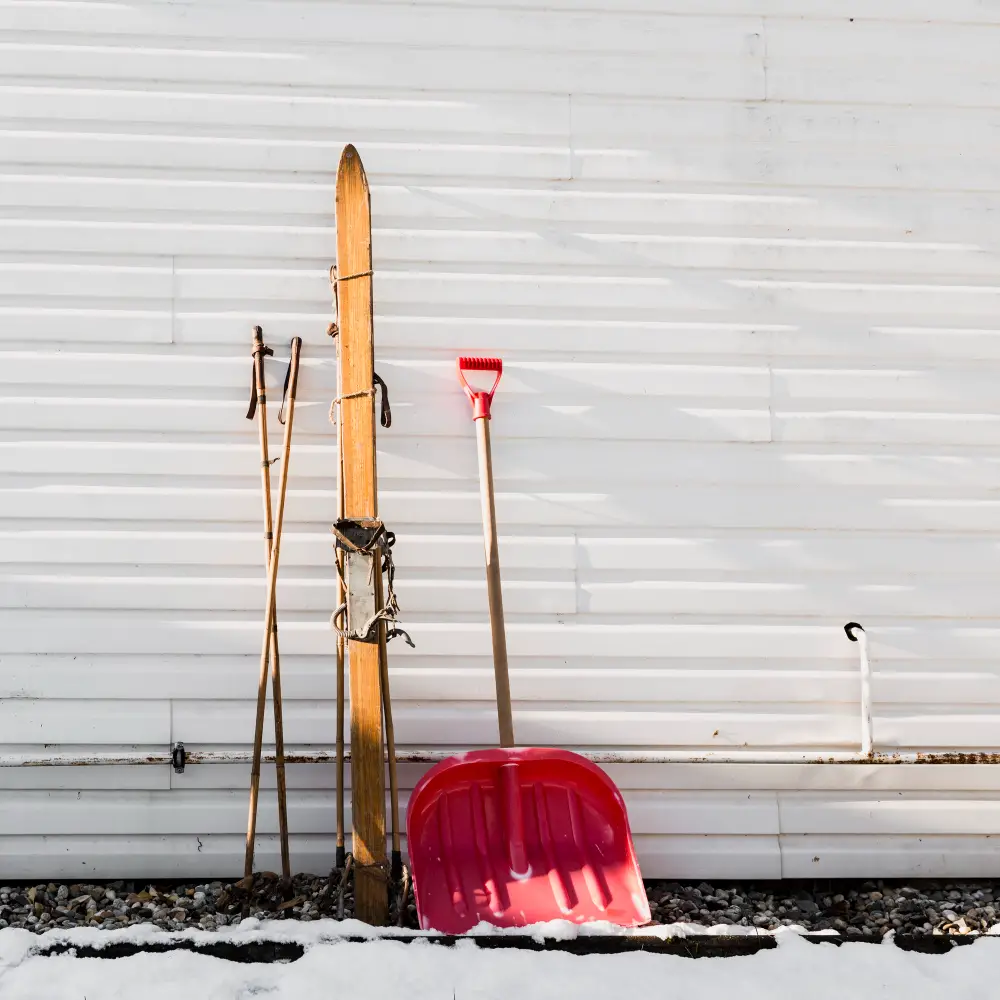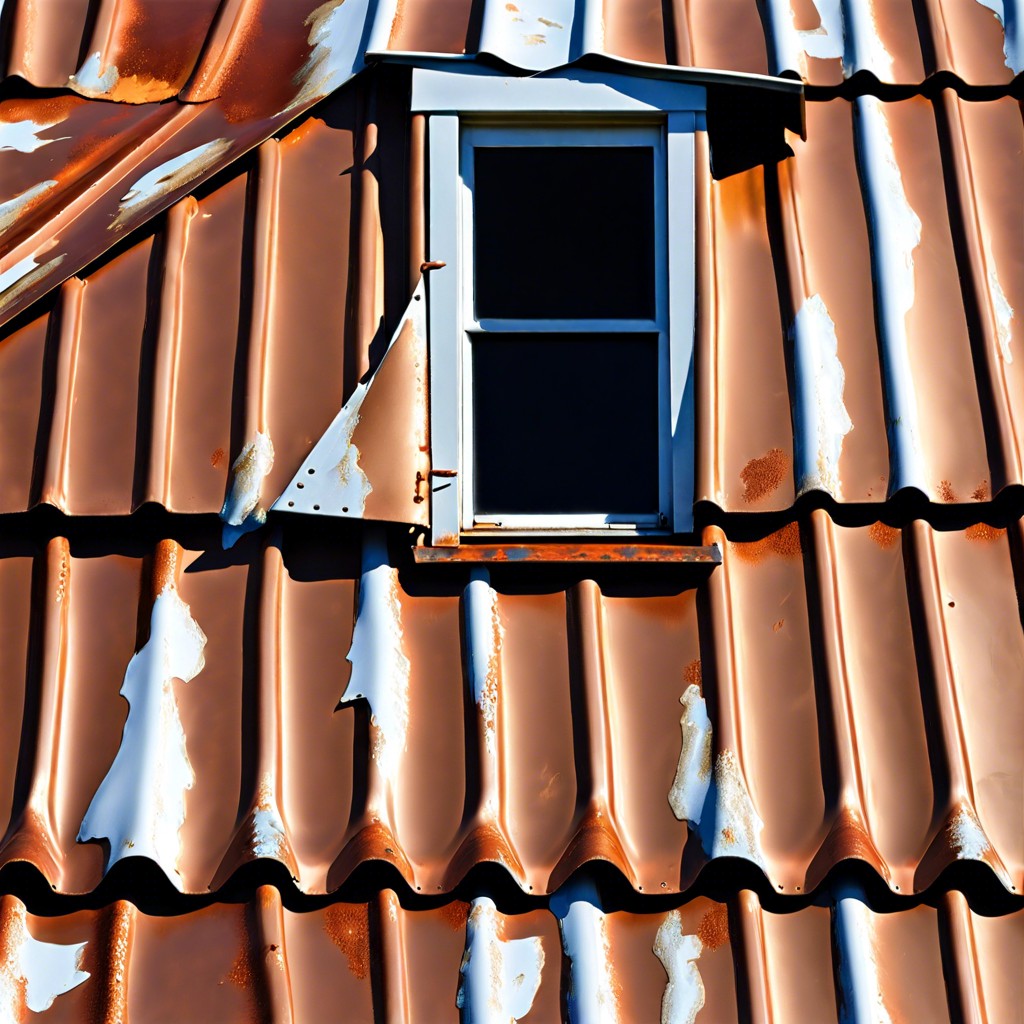Last updated on
Learn how to effectively fix a flat roof with proven repair techniques that address common issues such as leaks, pooled water, and wear.
Key takeaways:
- Locating the Leak for a Flat Roof Repair
- Safety Considerations for DIY Flat Roof Repairs
- Steps to Repair a Small Flat Roof Leak
- When to Call a Professional
- Flat Roof Repair Versus Replacement Considerations
Locating the Leak for a Flat Roof Repair

Identifying the precise origin of a leak can feel like finding a needle in a haystack. Begin your detective work by checking for telltale signs on the ceiling directly beneath the roof. Stains or discolorations can clue you in on the general vicinity of the problem. Next, take to the top. During dry weather, scour the flat roof for any cracks or blisters in the roofing material.
Water has a notorious habit of traveling from the point of entry to distant areas, so the damaged site might be a good distance away from interior signs. For a thorough inspection, look around vents, pipes, and other penetrations. These areas are common culprits for leaks. Puddles or standing water indicate poor drainage, which over time can lead to compromised roofing materials and leakage.
If you suspect the leak is playing hide and seek, enlist a helper. Direct them to head inside while you use a garden hose to simulate rain on the roof. Work section by section to avoid missing any leaks. Direct water around the suspected area and maintain communication with your partner. They should alert you at the first sign of dripping.
Remember, the importance of accuracy in leak detection cannot be overstressed—fixing the wrong spot is as good as not fixing it at all. Keep your inspections systematic, work in dry conditions for safety, and if the leak’s origin remains elusive, a professional’s acumen could save your roof, and your sanity.
Safety Considerations for DIY Flat Roof Repairs
Before climbing onto any roof, remember: safety first. A non-slip pair of shoes will be your best ally against unexpected slips. Keep an eye on the weather; a clear, calm day reduces the risks compared to a windy or wet one. While you’re up there, always be aware of your surroundings, especially the roof’s edges. Don’t let tools or materials distract you from your footing.
Use a sturdy ladder, positioned on solid ground for a secure climb. It’s wise to have a friend or family member act as a spotter, holding the ladder and providing an extra set of eyes for potential hazards. Once on the roof, resist the urge to overreach. Instead of stretching for that out-of-the-way spot, take the time to reposition safely.
Have a plan of action to avoid unnecessary trips up and down the ladder. Gather all your tools and materials beforehand. Lastly, stay hydrated and take breaks as needed; fatigue can lead to accidents. These precautions will help ensure your DIY repair is accomplished without a hitch.
Steps to Repair a Small Flat Roof Leak
First, clear any debris from the area and clean the surface around the leak; this allows for better adhesion of repair materials. Apply a primer designed for your roofing material, ensuring the entire affected area is covered. This enhances the bond between the roof and the repair patch.
Next, measure and cut a piece of roofing repair fabric to cover the leak. The patch should extend beyond the damaged area by at least a couple of inches on all sides. Coat the backside of the patch with roofing cement, then press it firmly in place over the primed area. It’s like putting on a band-aid, but for your roof and with a bit more elbow grease.
Smooth the patch out to remove air bubbles—it should be as flat as the jokes at a pancake breakfast. Apply another layer of roofing cement over the patch to seal it. Extend this sealant beyond the edges of the repair fabric to create a watertight seal.
For added longevity, consider applying a top coat of reflective coating or membrane to shield the repair from the sun. The sun can be a relentless critic, and that extra layer gives your repair the equivalent of a big, shady hat.
Remember, patience is key. Allow each layer to dry completely before applying the next. Rushing the job is like trying to run before your shoelaces are tied—a trip-up waiting to happen.
When to Call a Professional
Tackling a flat roof repair can be like playing a high-stakes game of whack-a-mole. You might patch one spot only to see water pop up somewhere else. But there are certain signs that signal it’s time to hand the mallet over to the pros.
If you’re catching more water inside than the gutters are outside, it’s a clear cue. Noticeable sagging, big blisters, or large areas of standing water mean the job’s too big for a simple patch-up. How about those DIY fixes that just won’t stick? If you’re on a first-name basis with your local hardware store clerk but still have leaks, it might be time to call in reinforcements.
Don’t forget, a flat roof’s issues can go deeper than the surface. Complex structural concerns or persistent leaks after multiple repairs are telltale signs that professional expertise is needed. They have the tools and the know-how to diagnose problems that aren’t as clear as daylight.
Here’s the bottom line: If you’re out of your depth or if the problem persists despite your best efforts, it’s time for a pro. After all, the last thing you want is a Band-Aid solution over a wound that requires surgery. It’s not about waving the white flag; it’s about protecting your investment and ensuring your peace of mind, so just ring up the cavalry when the going gets tough.
Flat Roof Repair Versus Replacement Considerations
Deciding between fixing a blemish on your flat roof and opting for a full makeover isn’t as clear-cut as deciding what to have for breakfast. Here’s a slice of the decision pie:
Consider age: Just like a vintage car, the older your roof, the more frequently issues can arise. If your roof has celebrated more birthdays than your cat has had lives, a complete overhaul might be worth the candles.
Check the warranty: If your warranty still has a heartbeat, repairs might be your economic sweetheart. But if the warranty is as expired as last year’s milk, a new roof could save you future headaches—and cash.
Assess the extent of damage: Patching up a small tear after a storm is like fixing a scratch on your favorite sunglasses—quick and easy. But if you spot more holes than in a block of Swiss cheese, calling it quits on your old roof could be the way to go.
Calculate long-term costs: Paying for repairs now can feel like a breeze on your wallet. But when they stack up like pancakes over time, a shiny new roof could actually be the budget-friendly option in the long run.
If your roof’s been a trusty shield but starts asking for more TLC than your pet does, weighing your options wisely can keep your abode cozy, and your mind at ease. Remember, rooftops can’t talk, but they sure can show when it’s time for a fresh start or just a little tender loving care.





